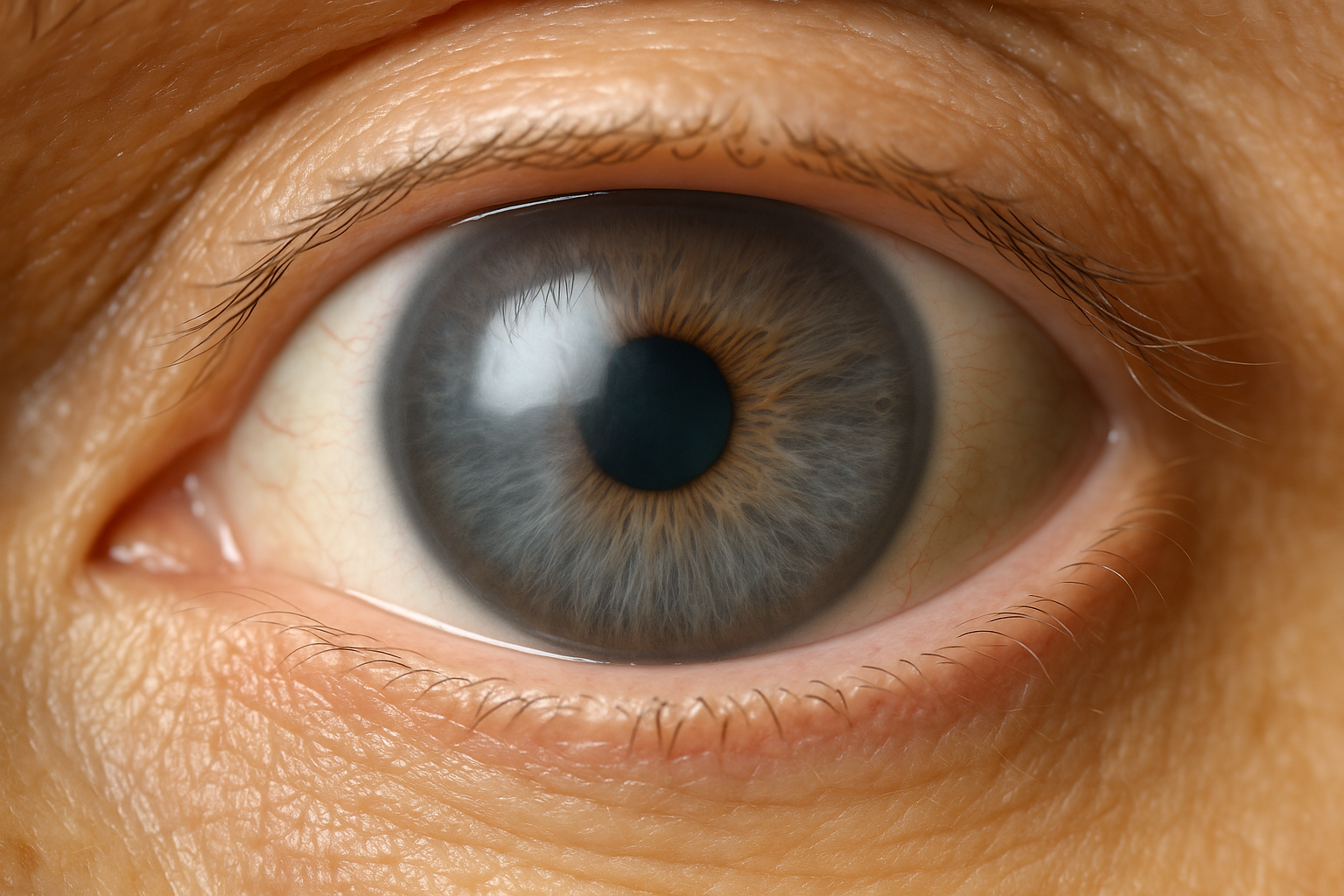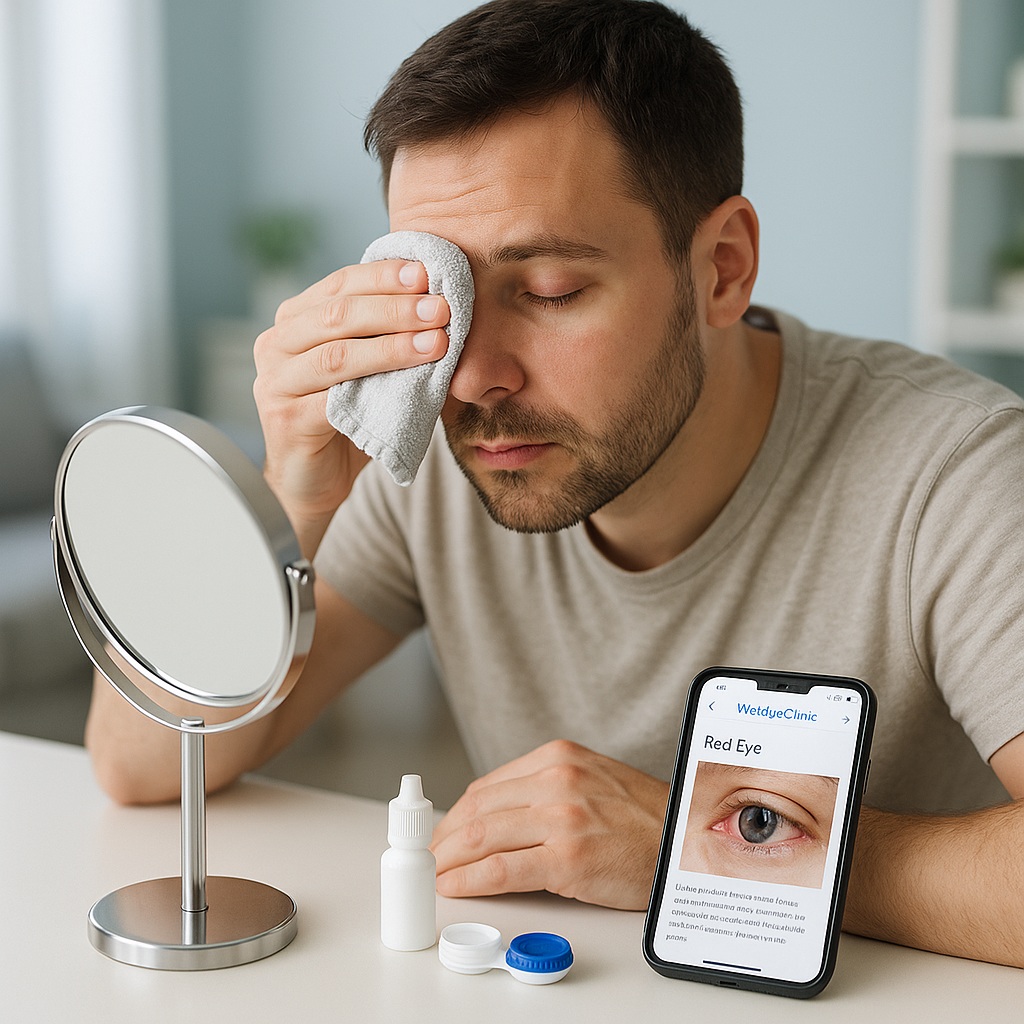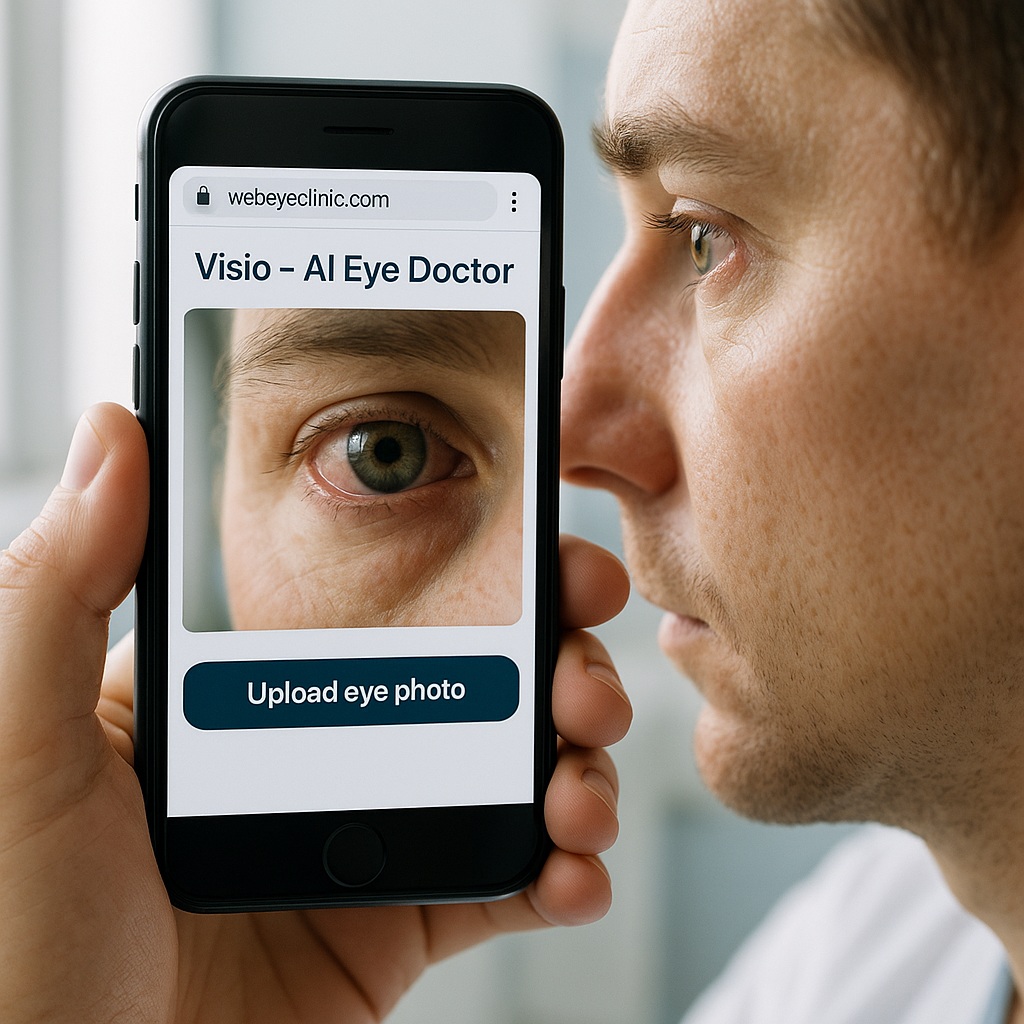New Treatments for Fuchs’ Corneal Dystrophy: What You Need to Know
Published: July 6, 2025
Understanding Fuchs’ Corneal Dystrophy
Fuchs’ dystrophy, or Fuchs endothelial corneal dystrophy (FECD), is a progressive condition affecting the innermost layer of the cornea. As endothelial cells deteriorate, fluid builds up, leading to vision distortion. Early signs include cornea guttata—droplet-like bumps on the inner cornea surface.
Surgical Advancements
Descemet Membrane Endothelial Keratoplasty (DMEK)
DMEK replaces only the damaged endothelial layer and Descemet membrane, preserving healthy corneal tissue. Benefits include faster visual recovery, lower rejection rates, and better visual outcomes compared to full-thickness transplants.
Descemet Stripping Only (DSO)
DSO removes the central diseased endothelium without donor tissue. Patients’ own cells migrate to repair the area. When combined with Rho kinase (ROCK) inhibitors, success rates are high and dependency on donor tissue is eliminated.
Non-Surgical Innovations
ROCK Inhibitors
Medications like ripasudil promote endothelial cell migration and healing. Used post-DSO, they accelerate corneal clarity and recovery.
Corneal Cell Therapy
Lab-grown endothelial cells are injected into the eye to restore the cell layer. Early clinical trials show improved vision and reduced corneal edema, potentially reducing transplant demand.
Gene Therapy
CRISPR-based approaches targeting mutations in the TCF4 gene aim to correct the genetic cause of FECD. These therapies are in preclinical stages but hold promise for halting disease progression.
Supportive Therapies
- Hypertonic saline drops – reduce corneal swelling and improve clarity.
- Soft contact lenses – alleviate discomfort from irregular corneal surface.
- Hair dryer technique – gently warming the eye each morning to evaporate excess fluid.
Conclusion
The landscape of Fuchs’ dystrophy treatment is rapidly evolving. From DMEK and DSO to emerging cell and gene therapies, patients now have more options than ever. Consult your ophthalmologist to determine which innovative treatment suits your condition and to plan next steps for preserving vision.
Early intervention and new therapies offer hope for those affected by this challenging corneal disease.


